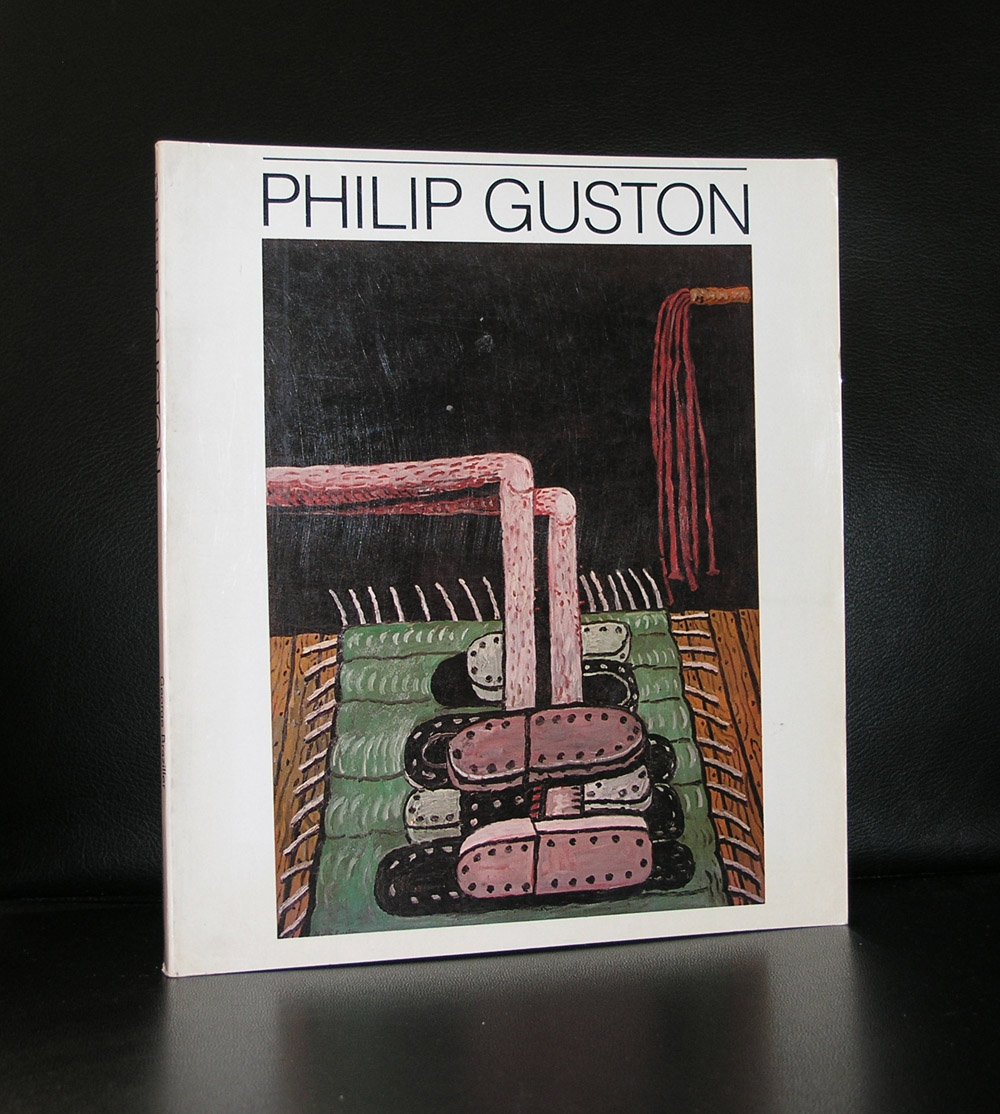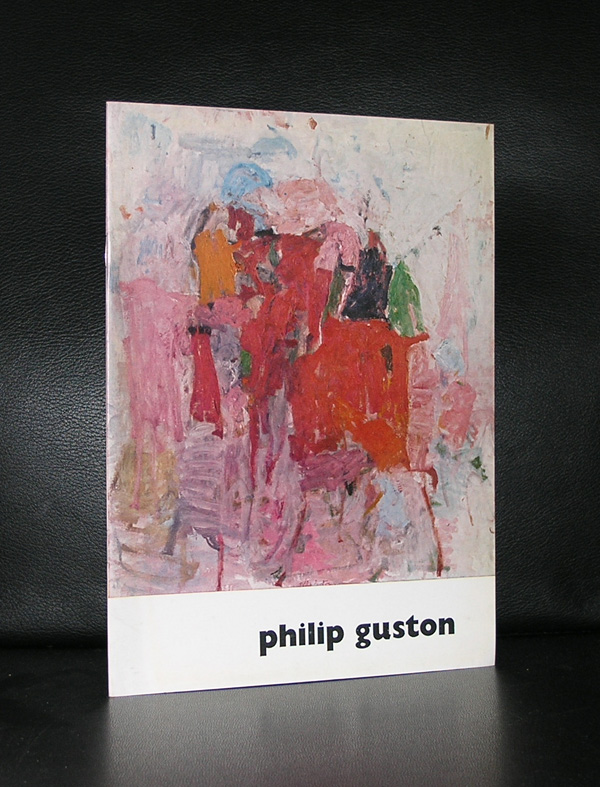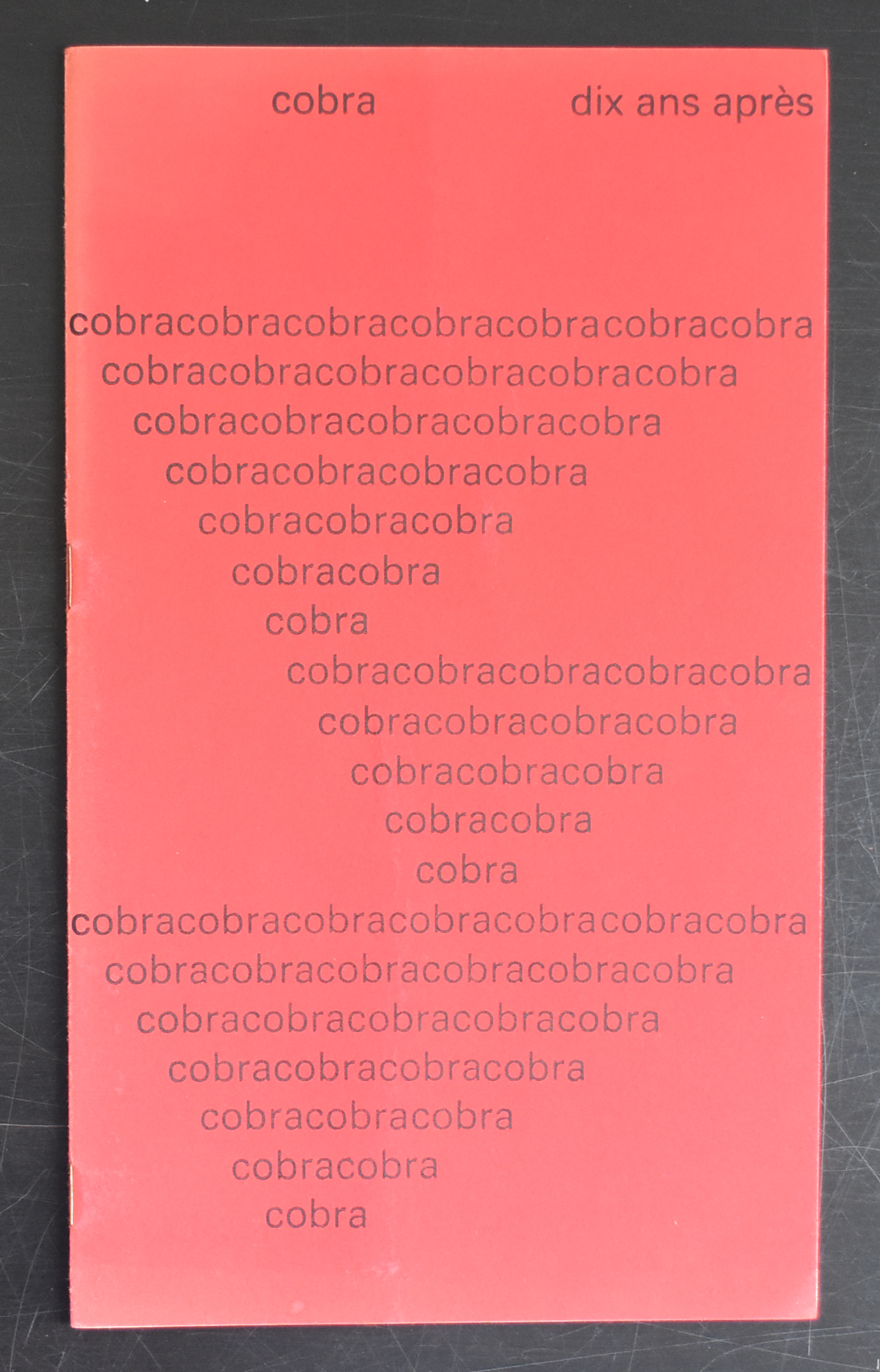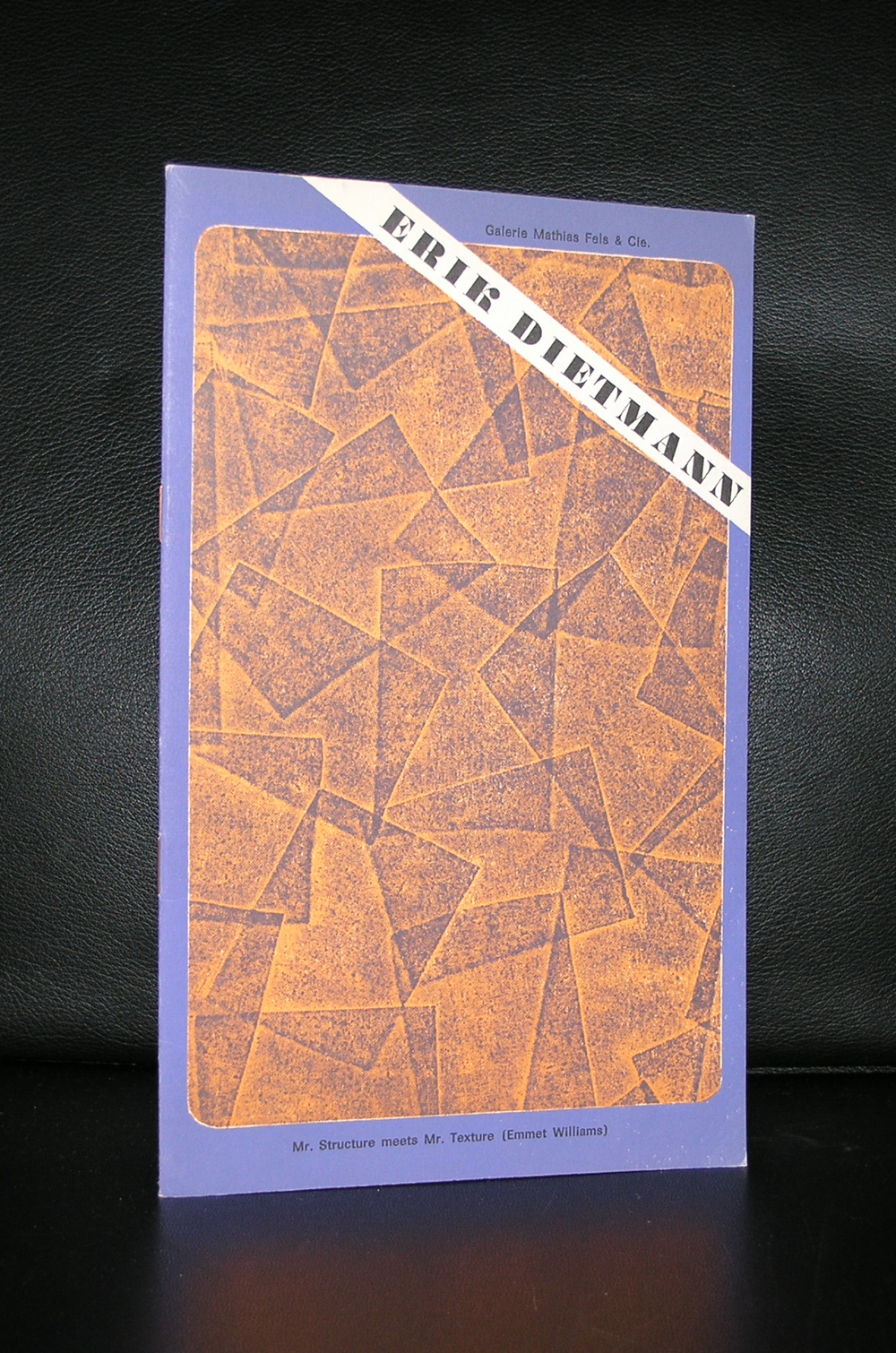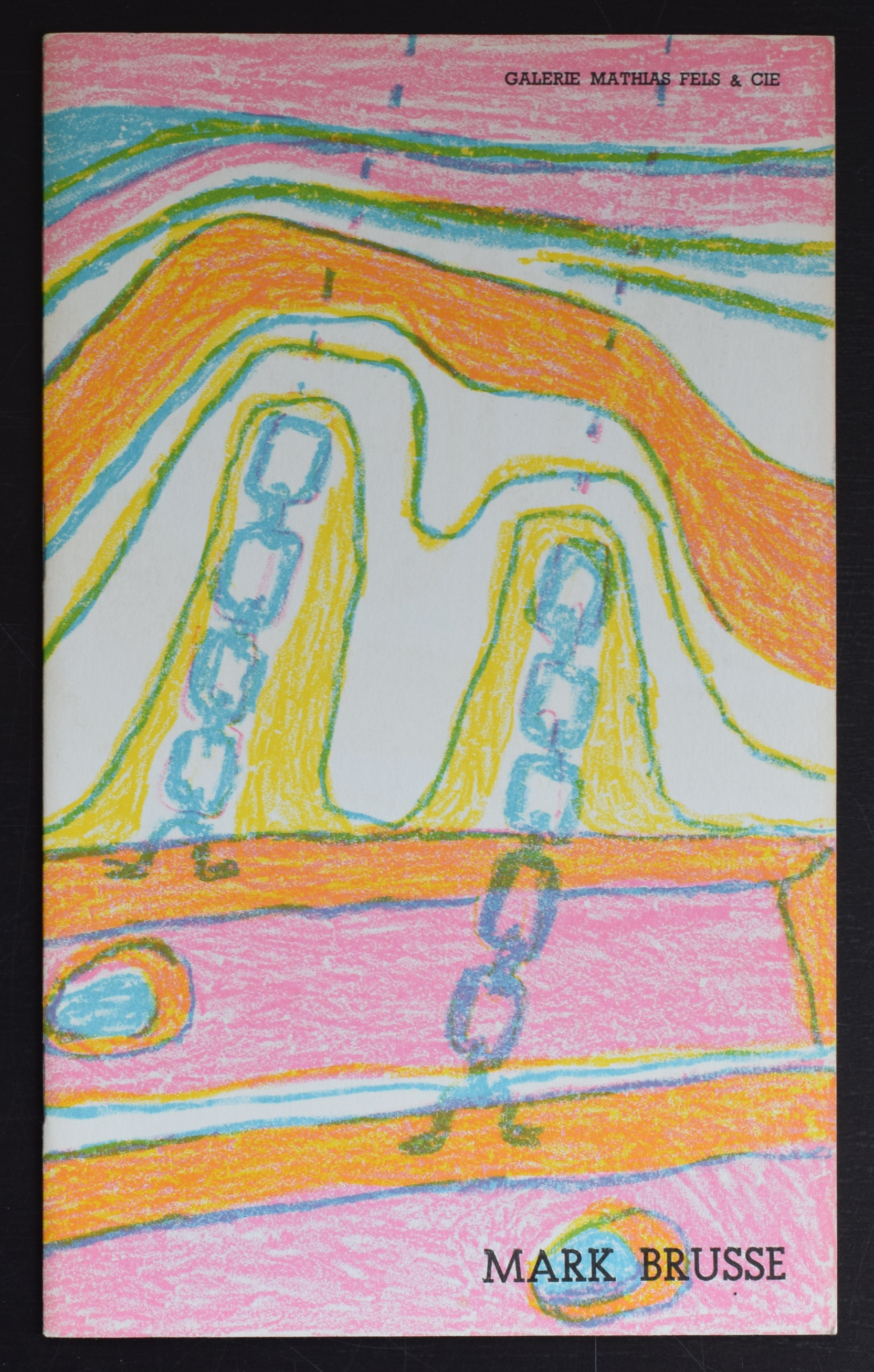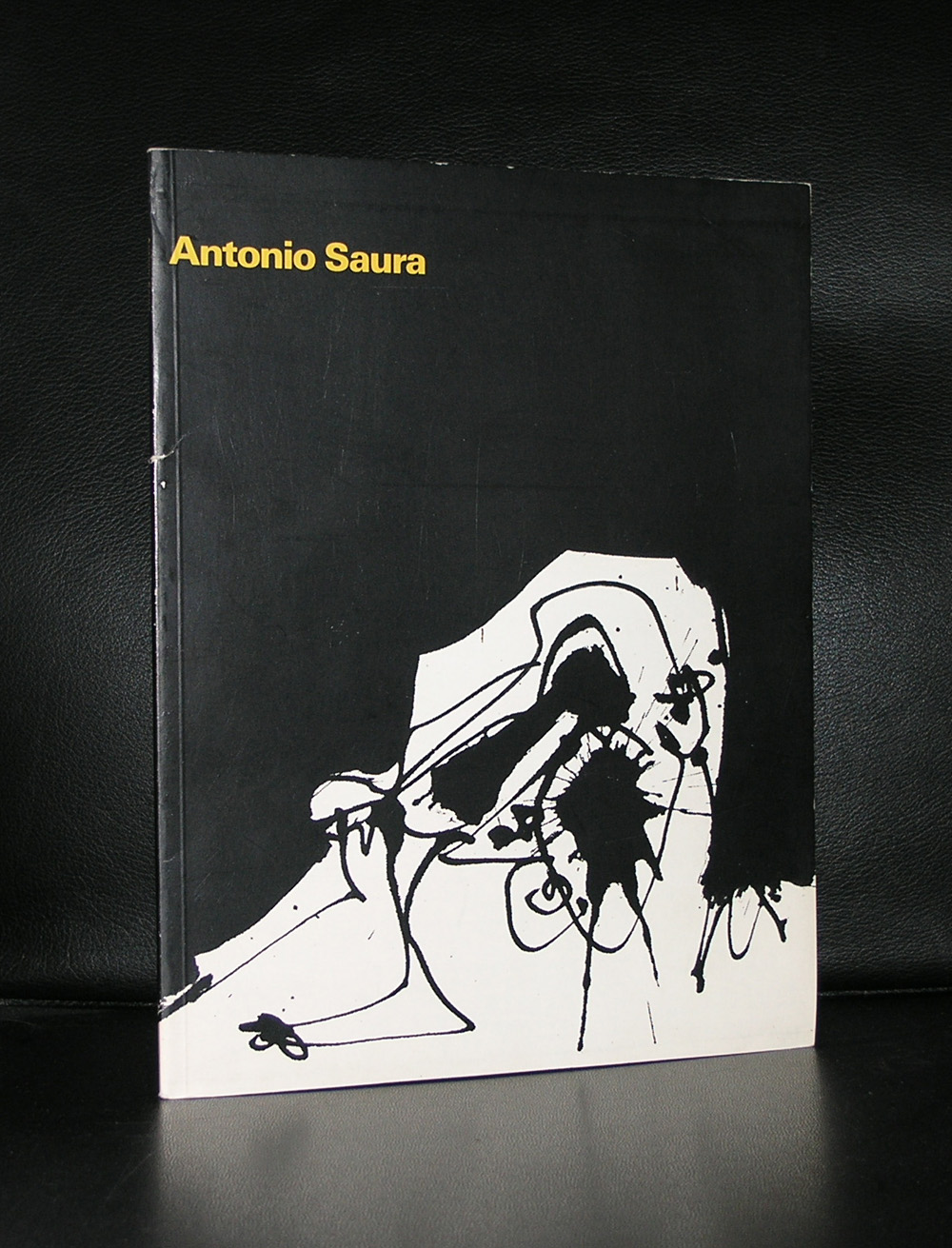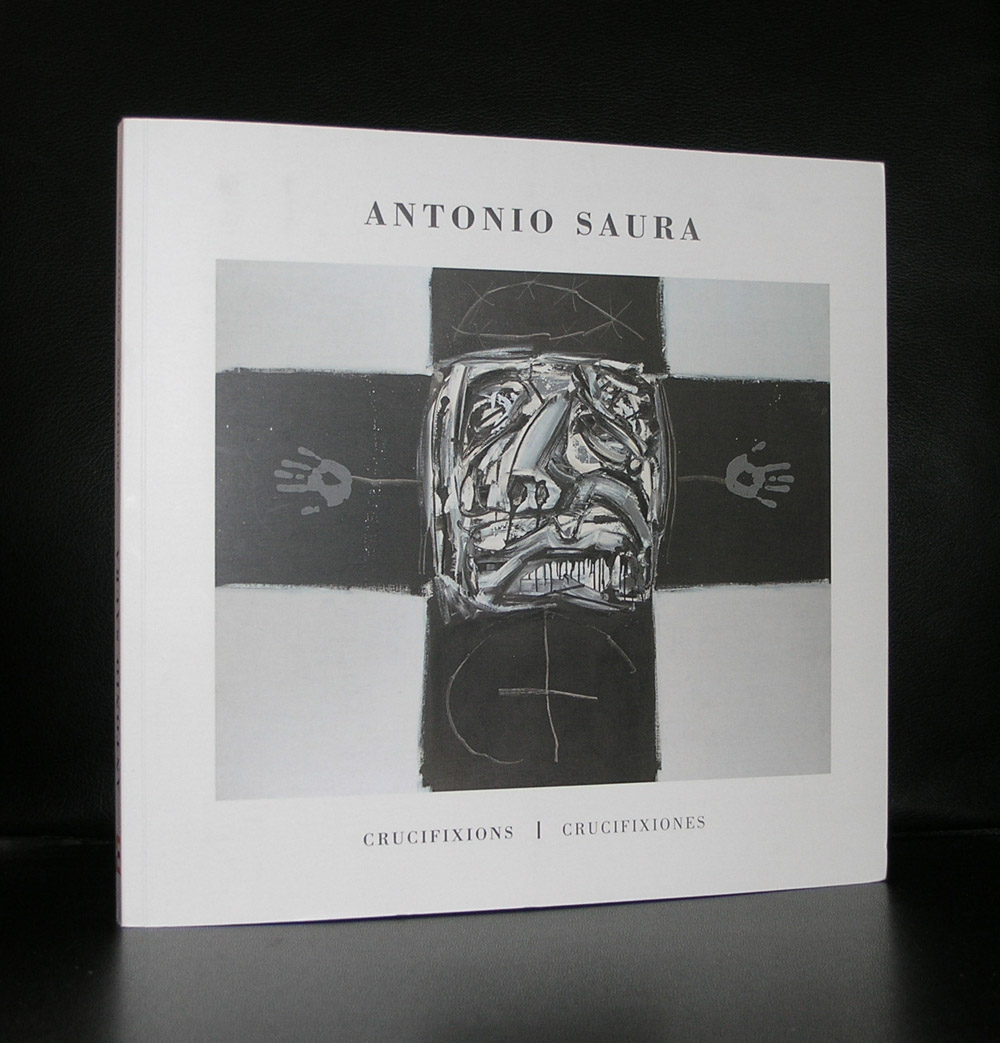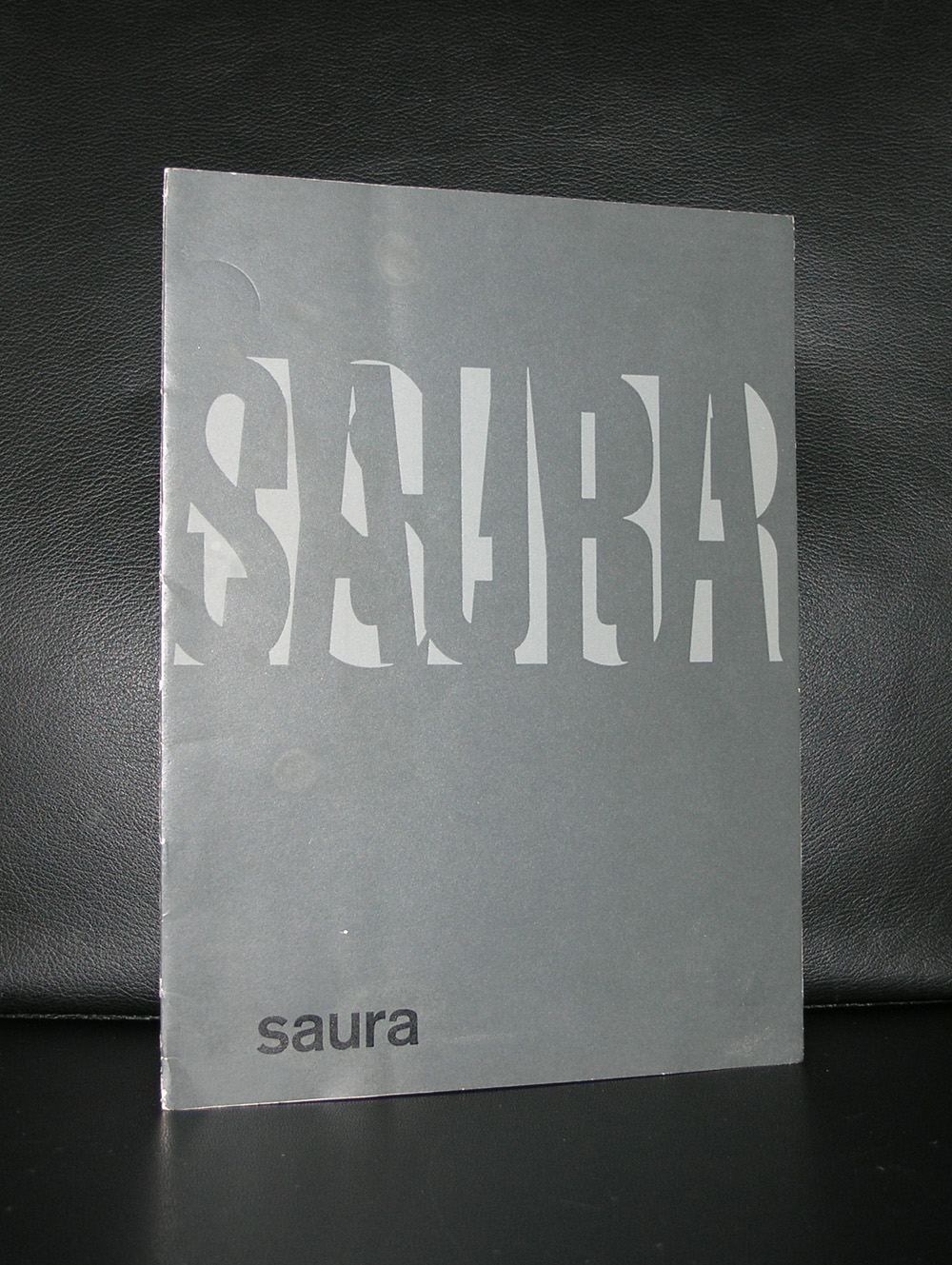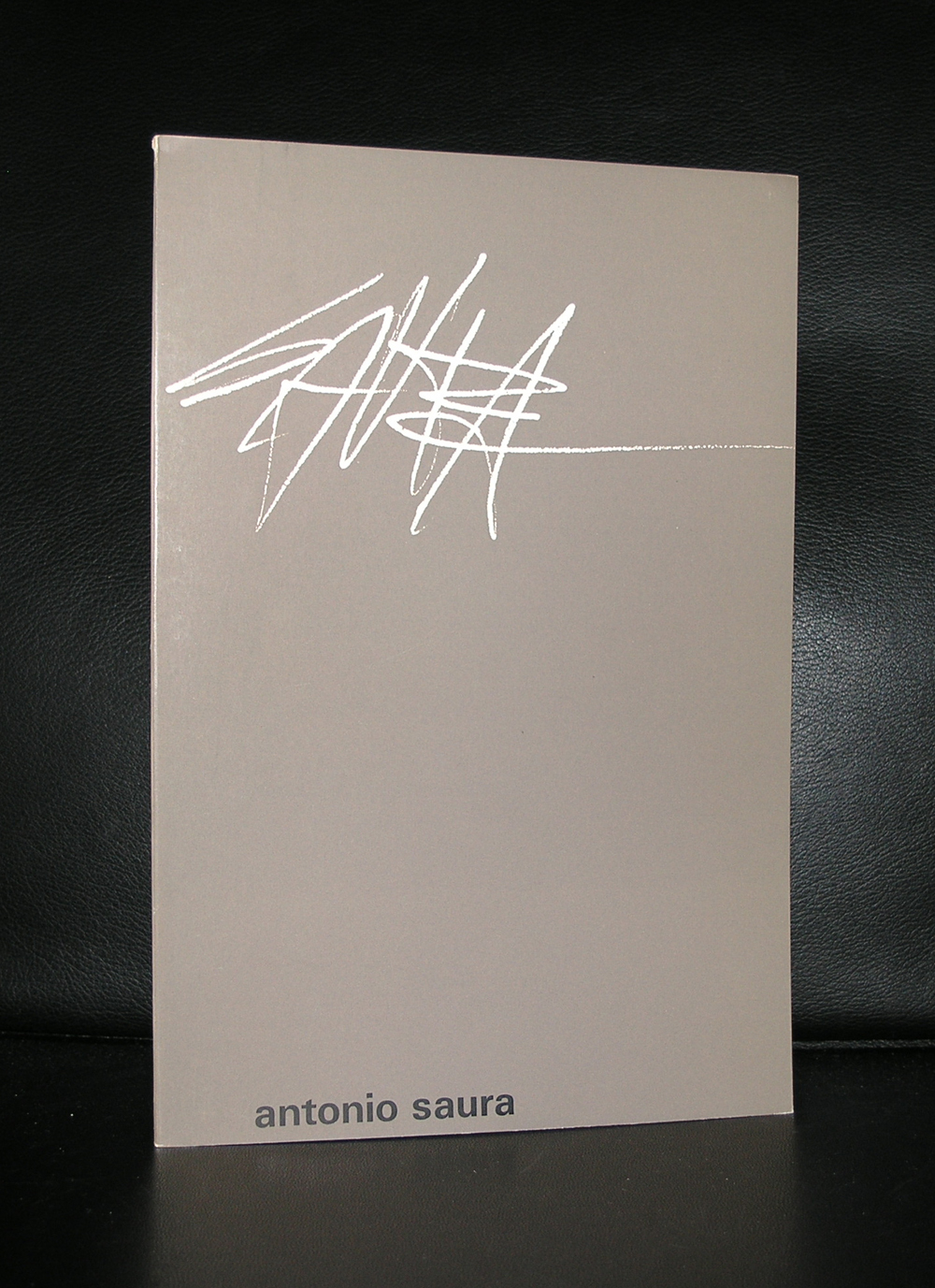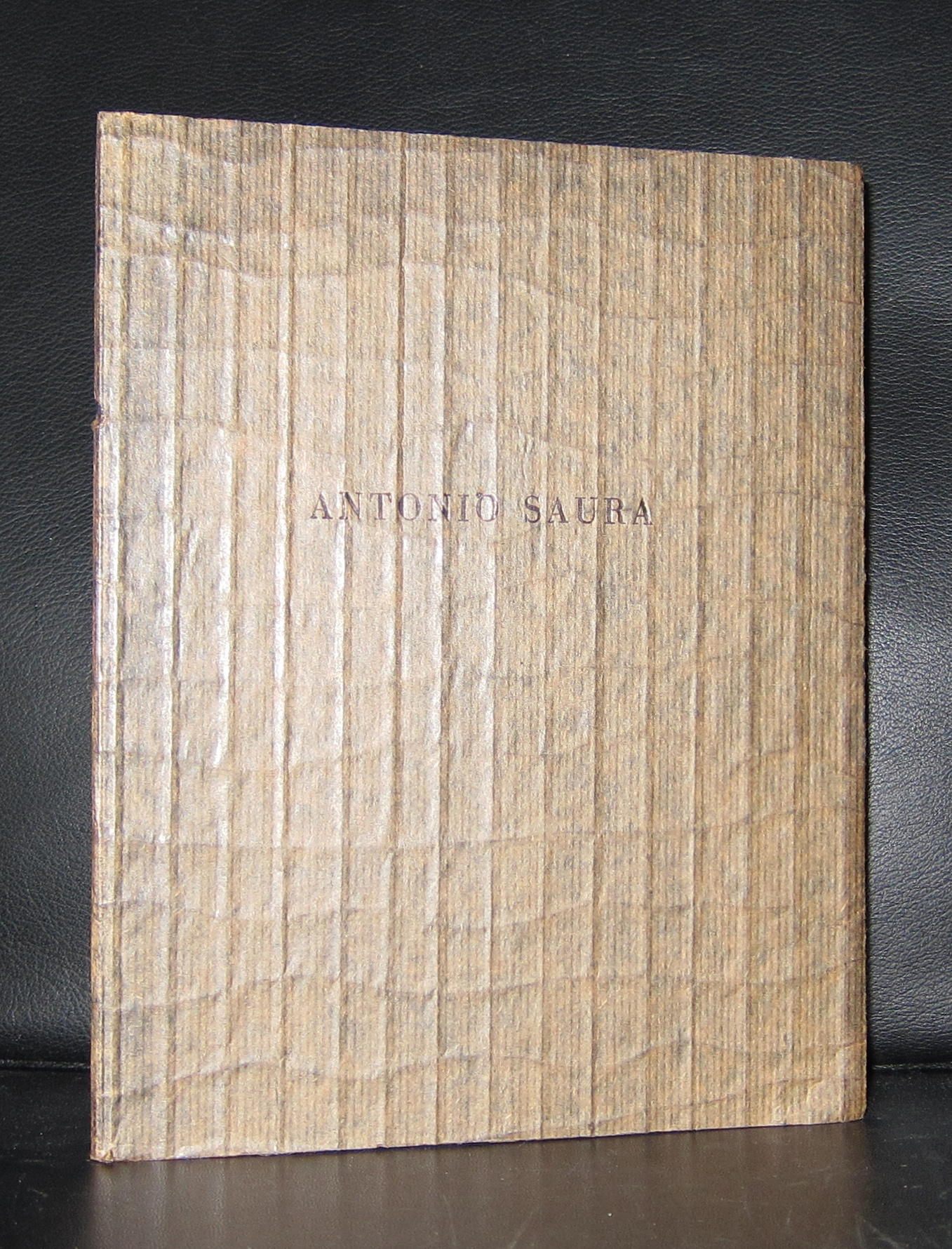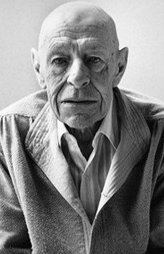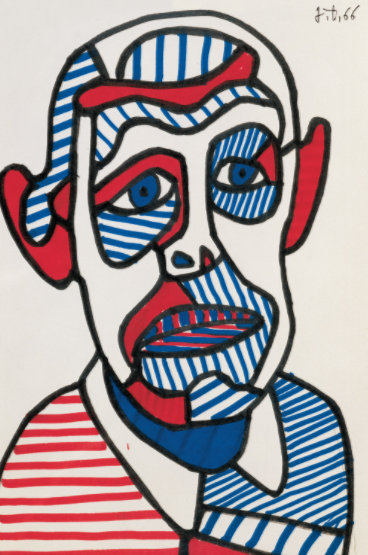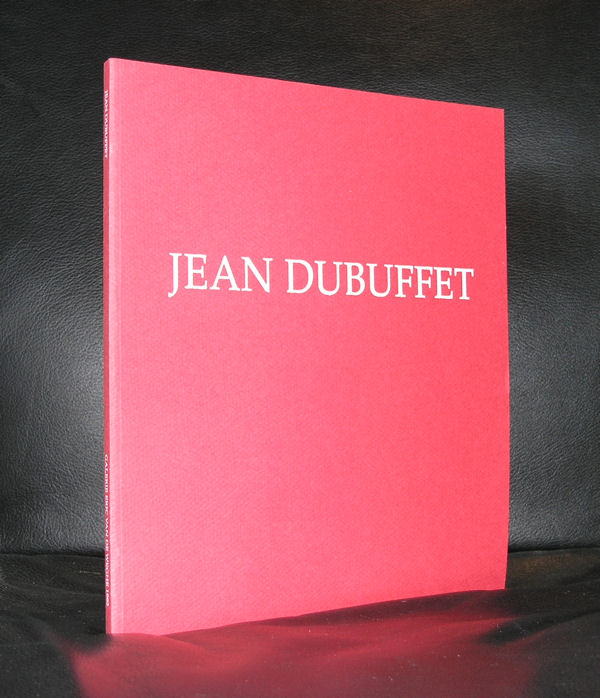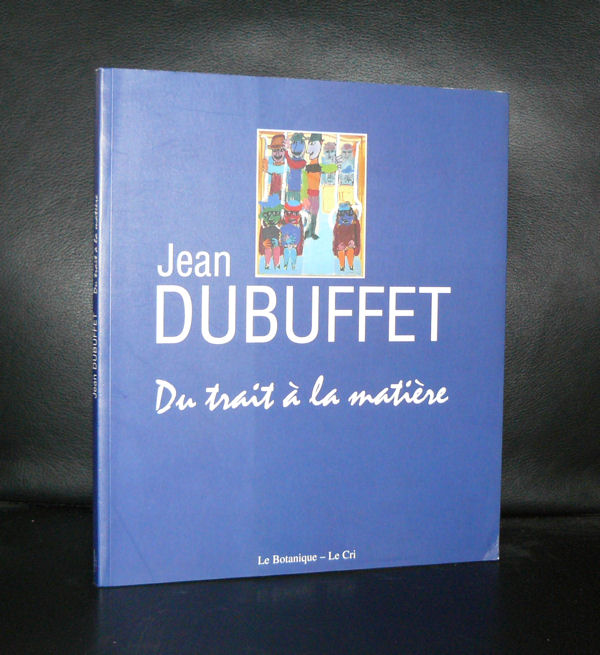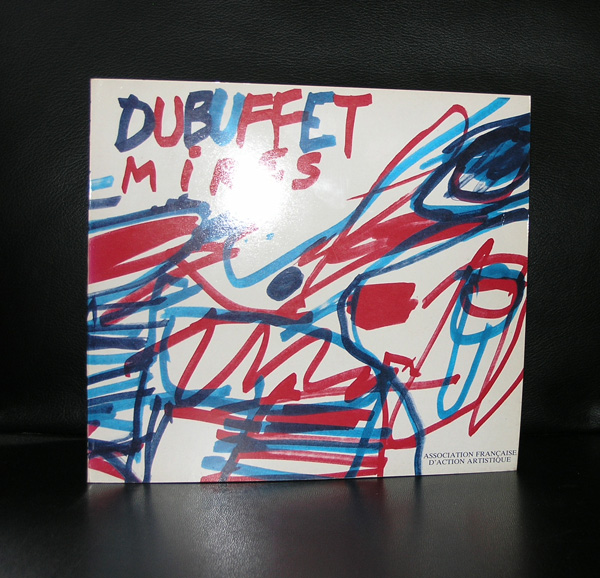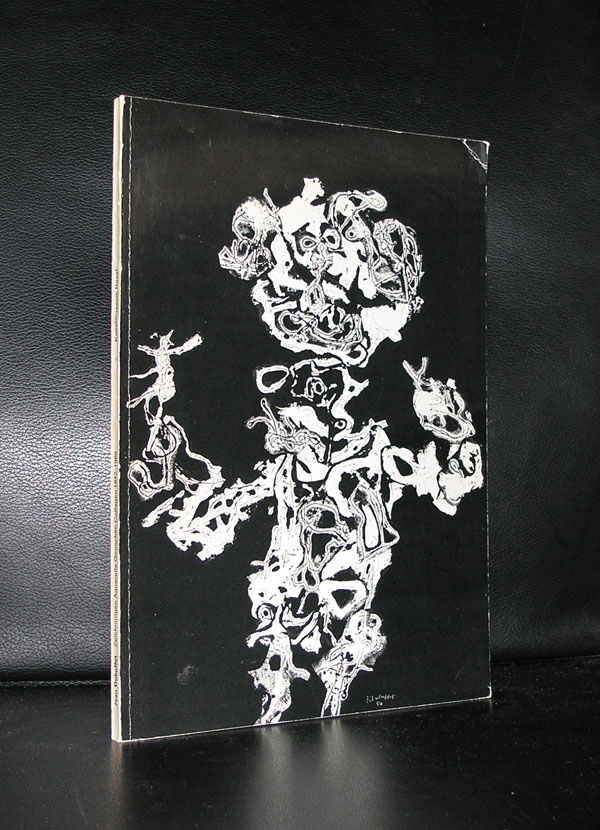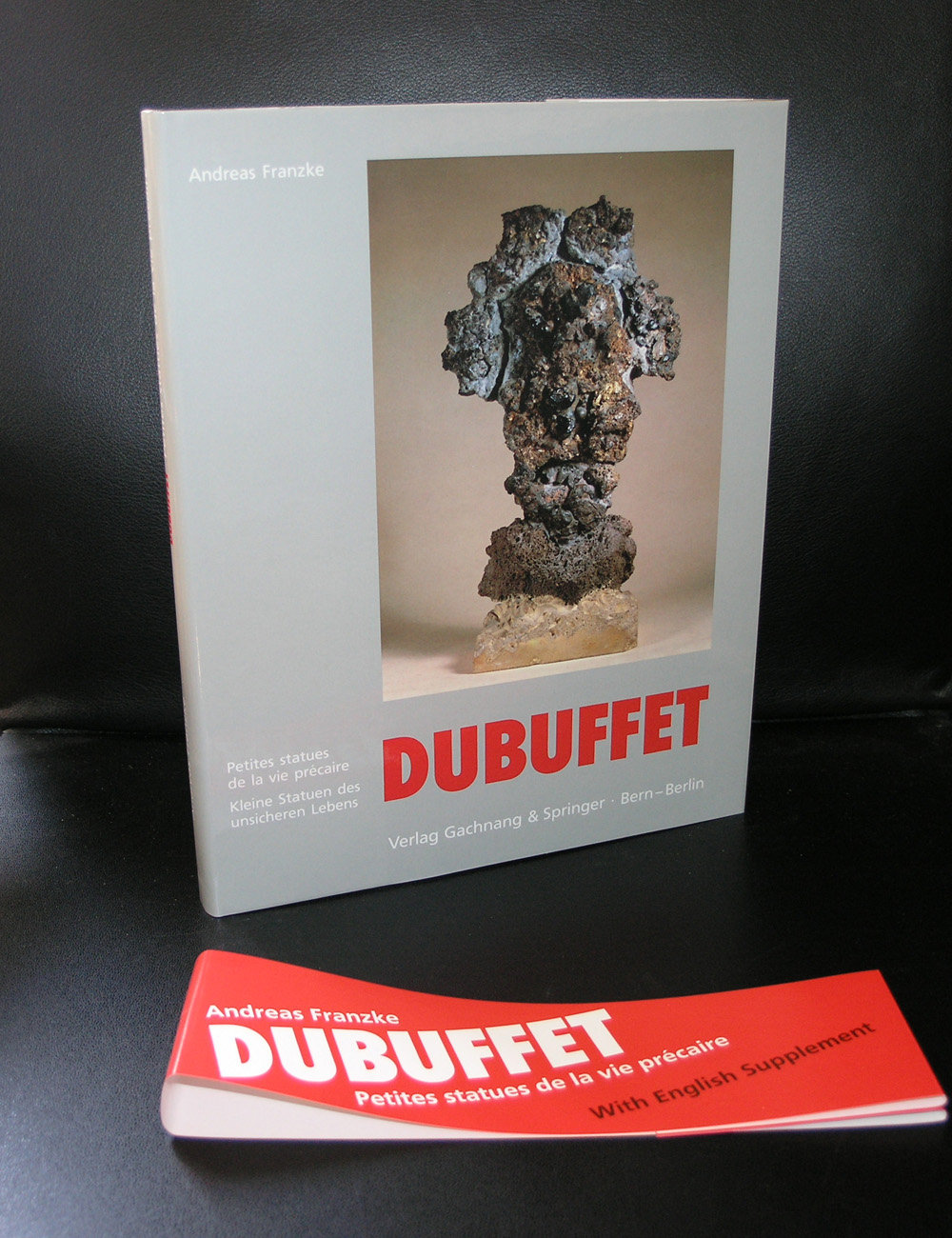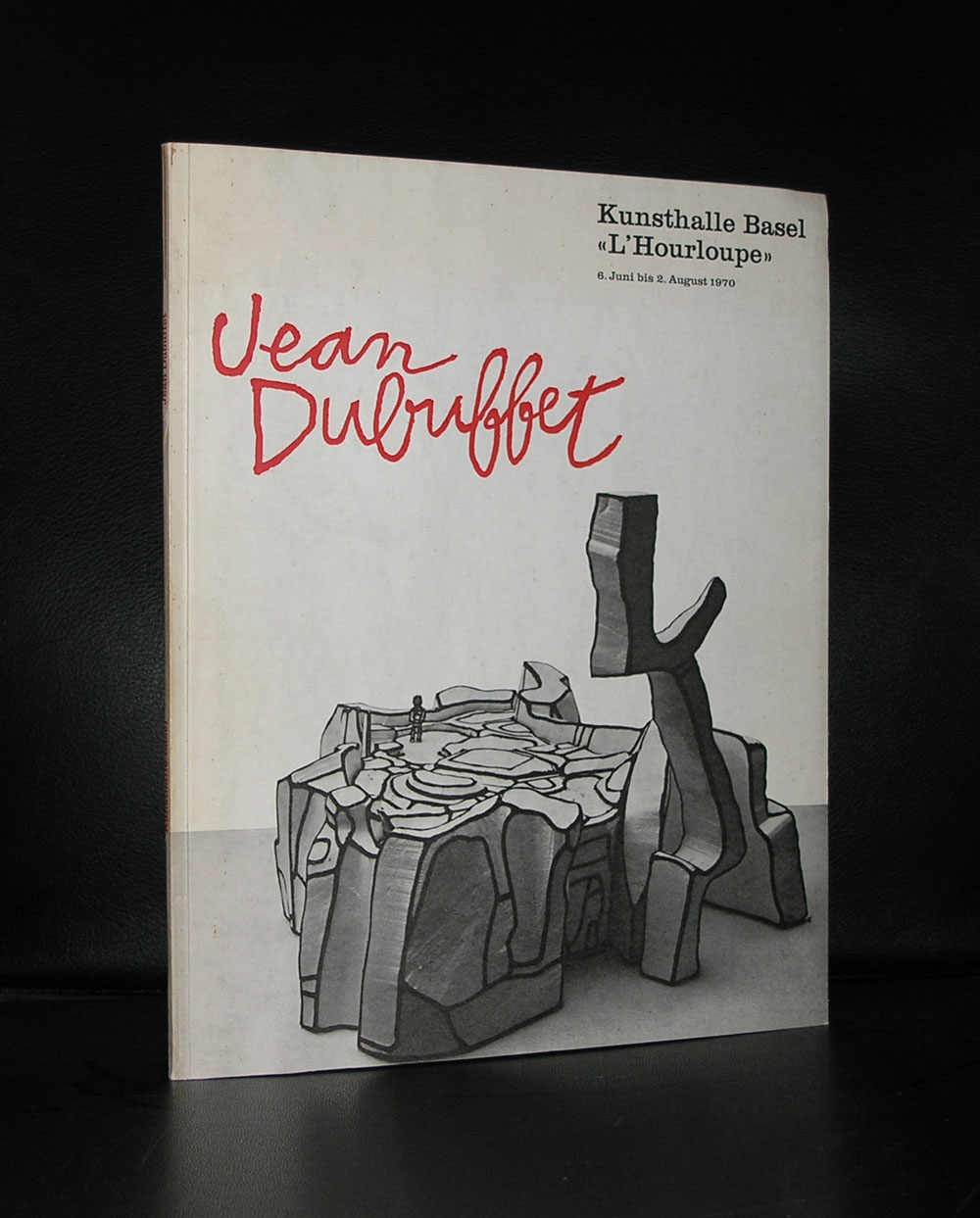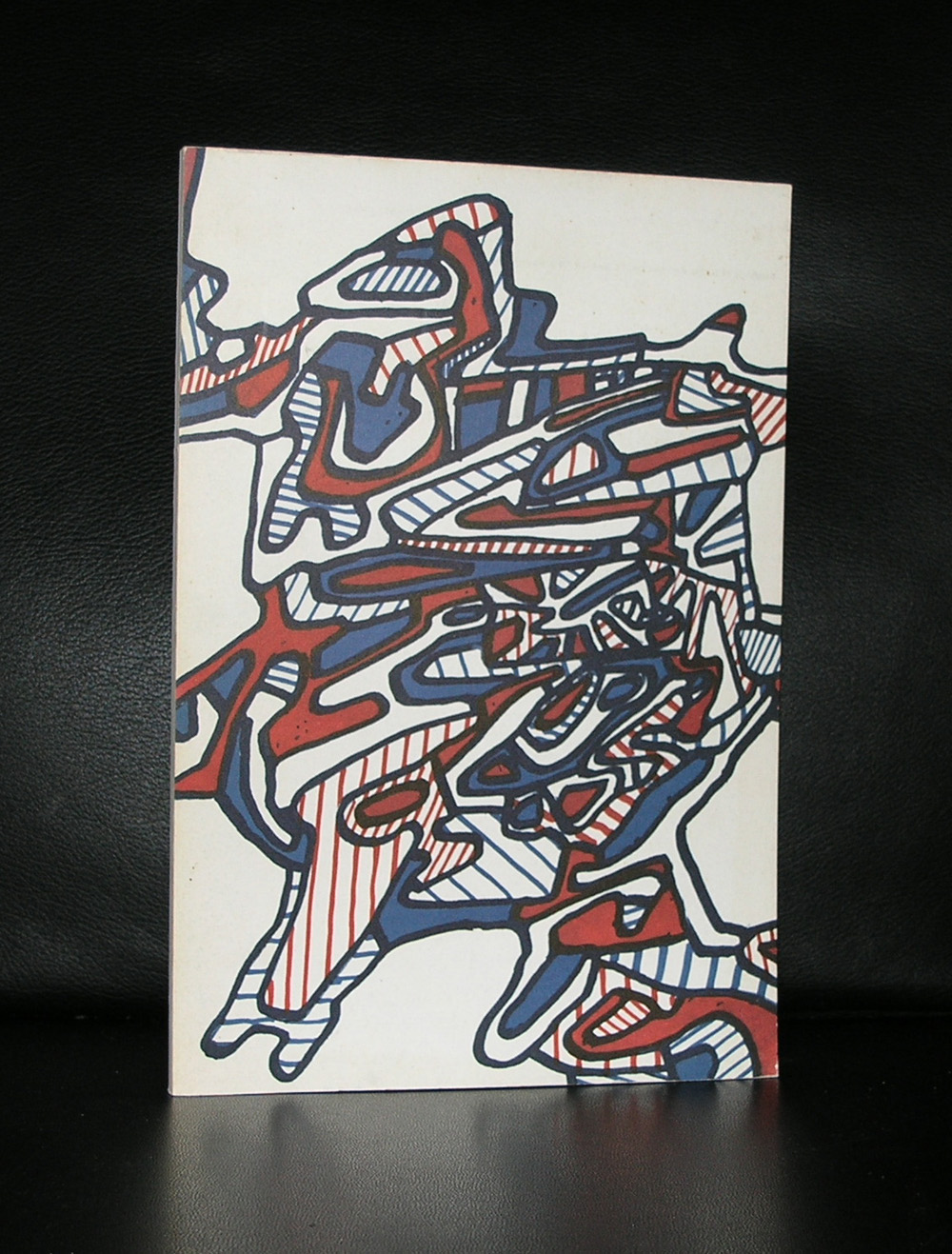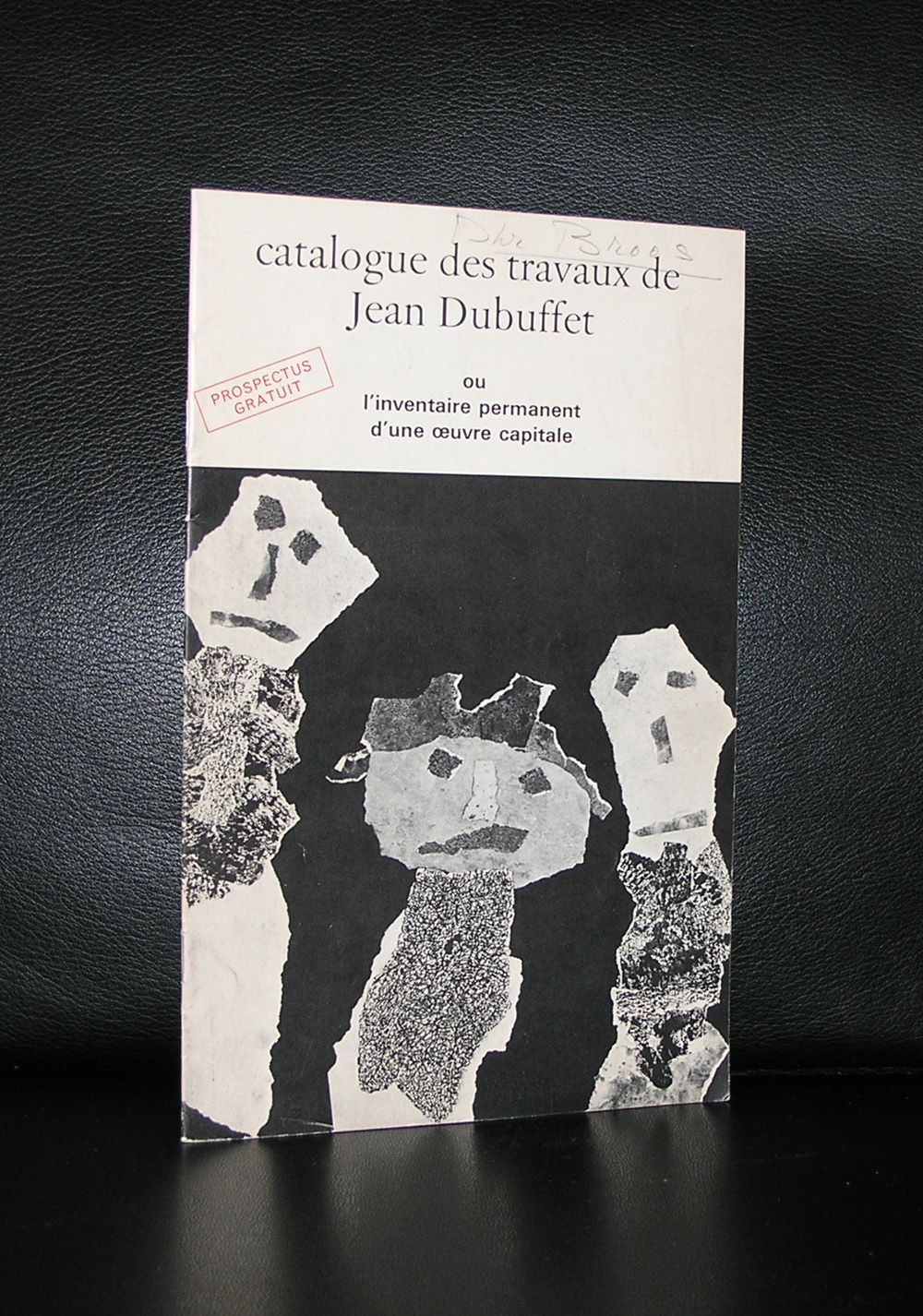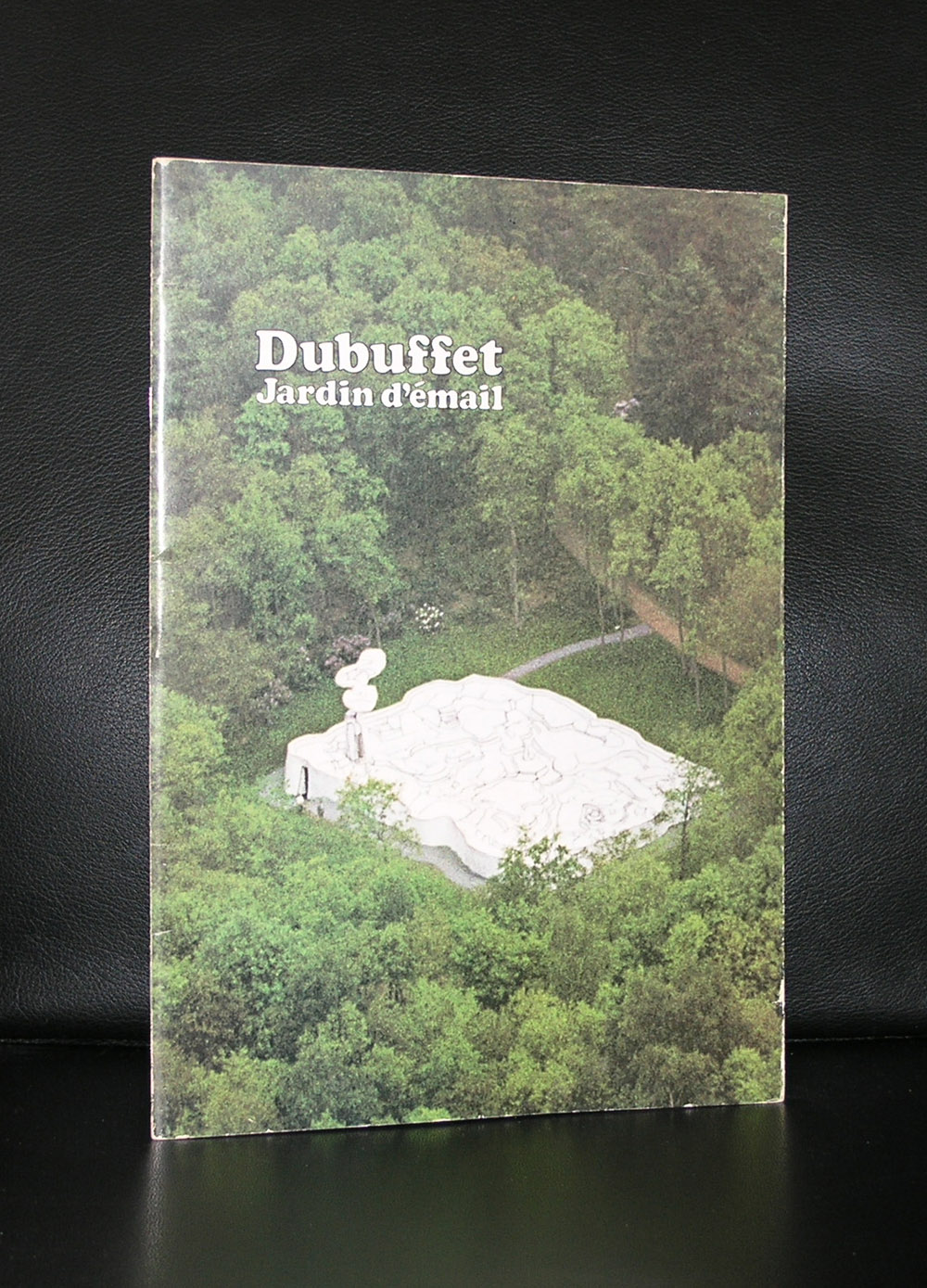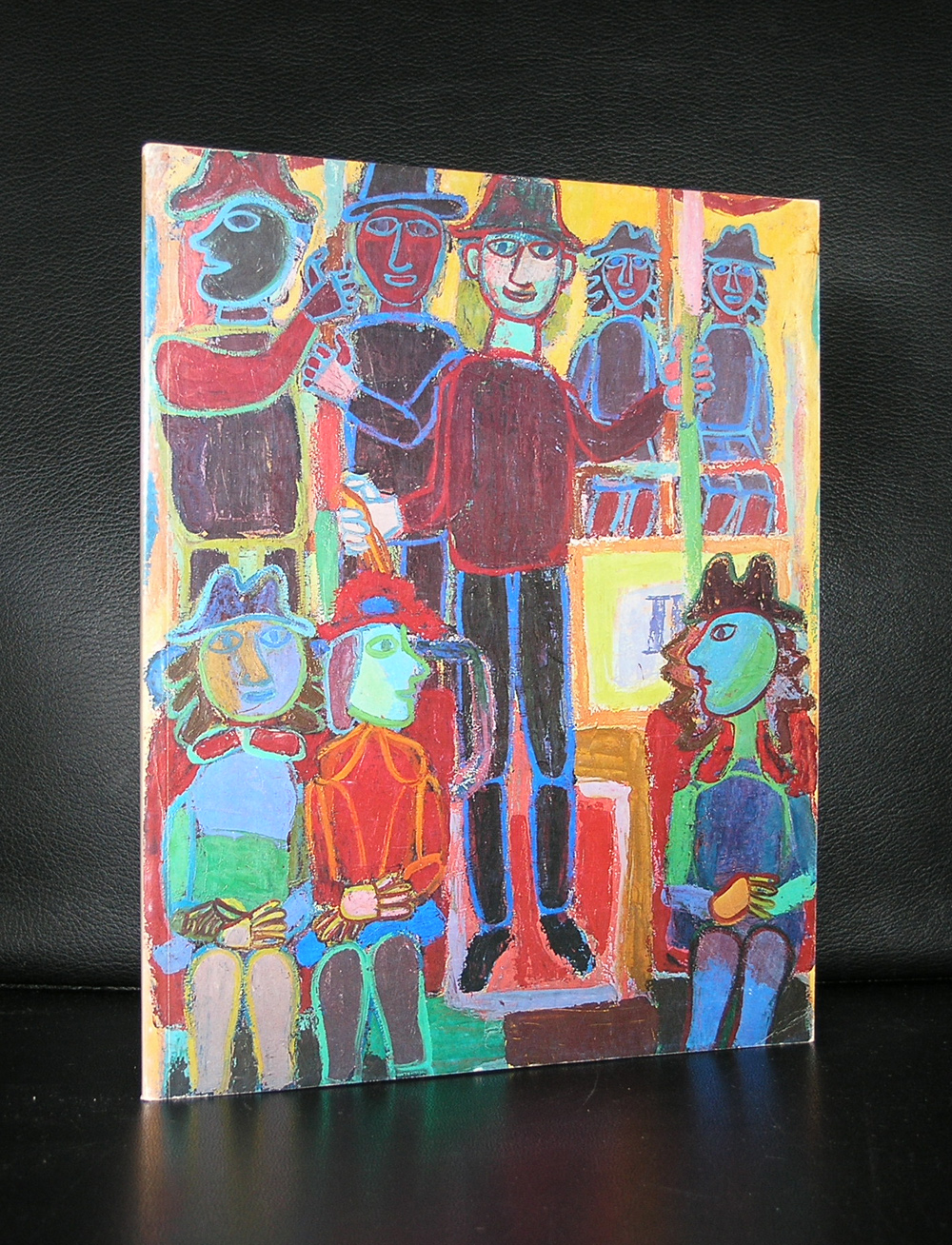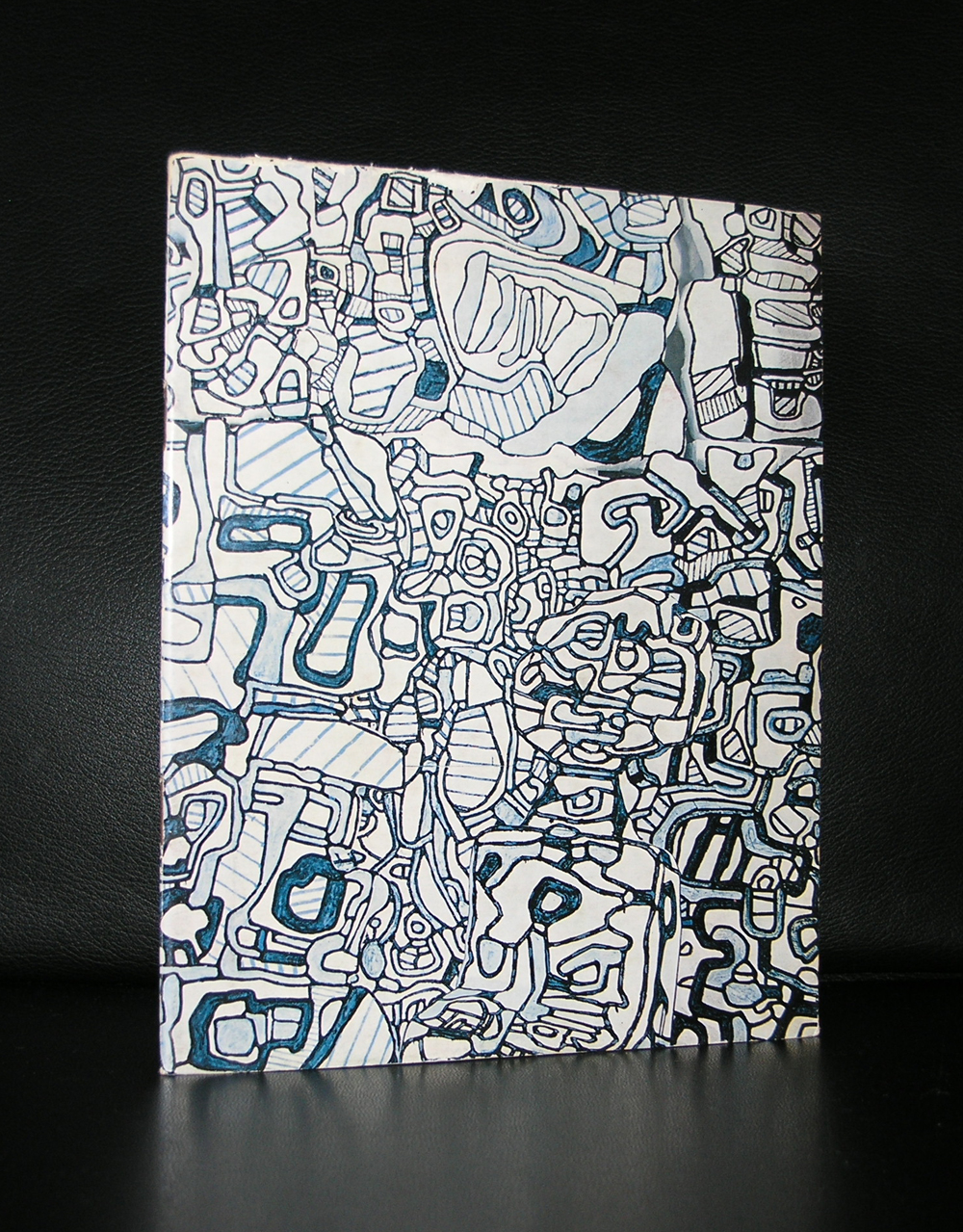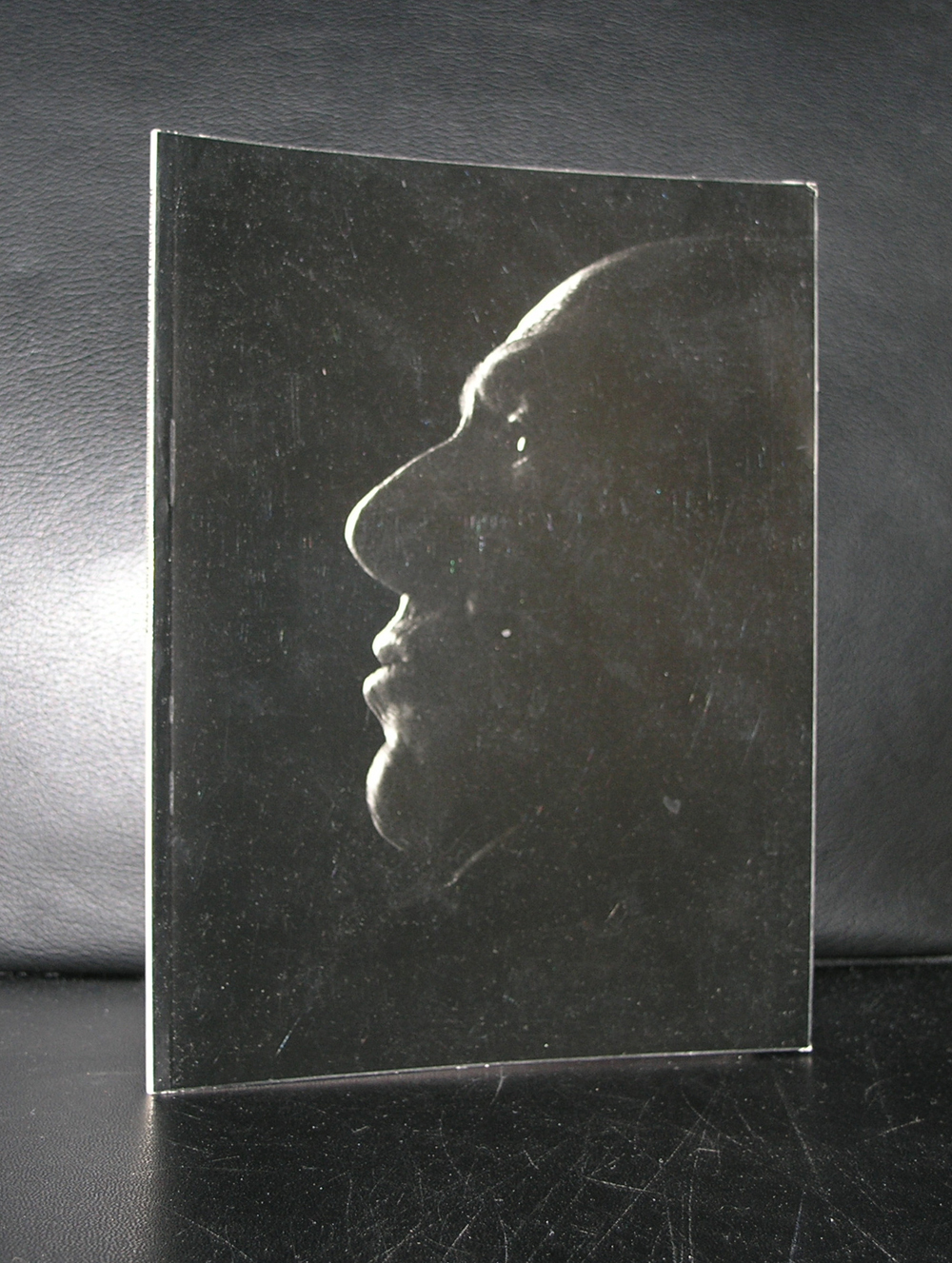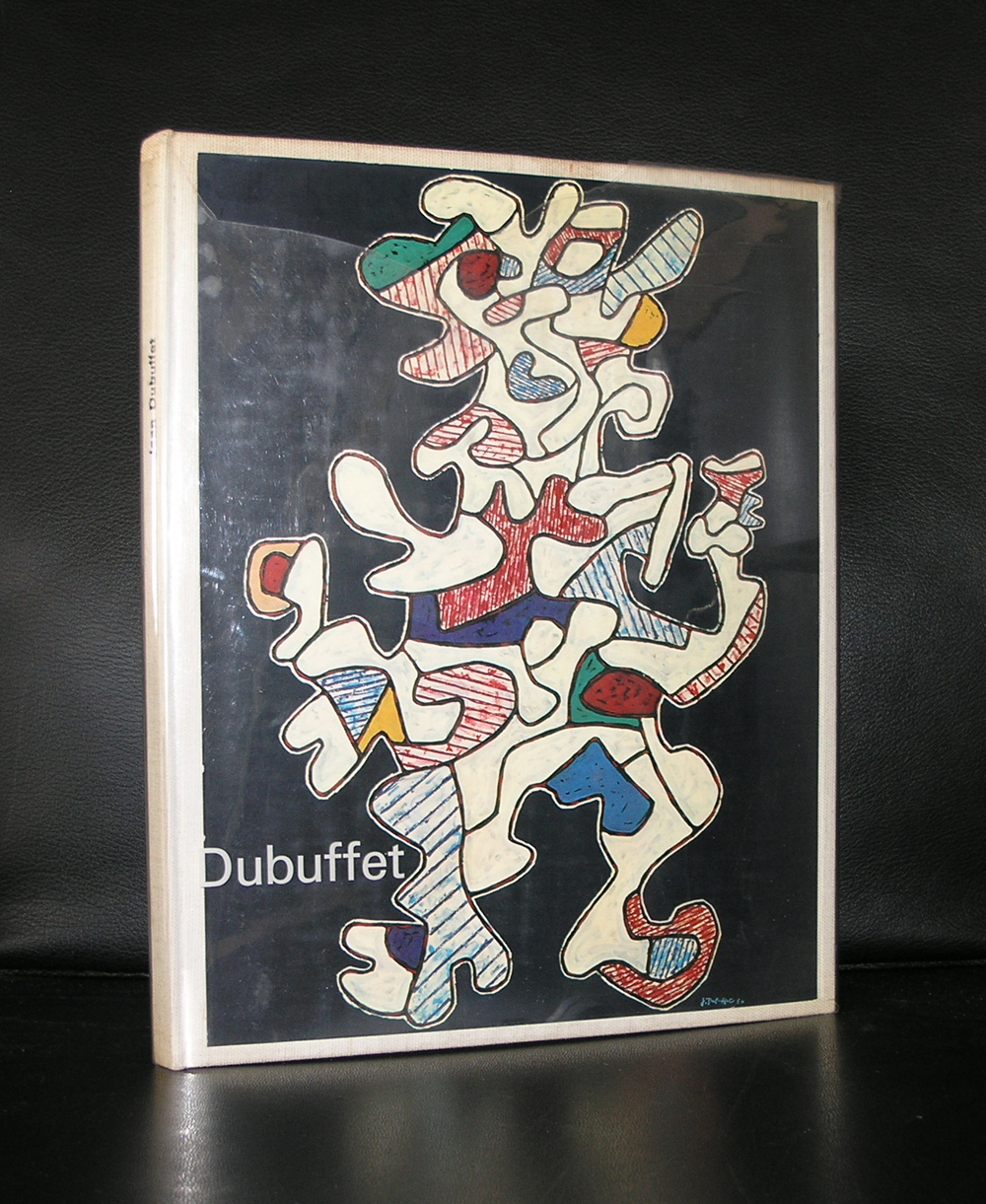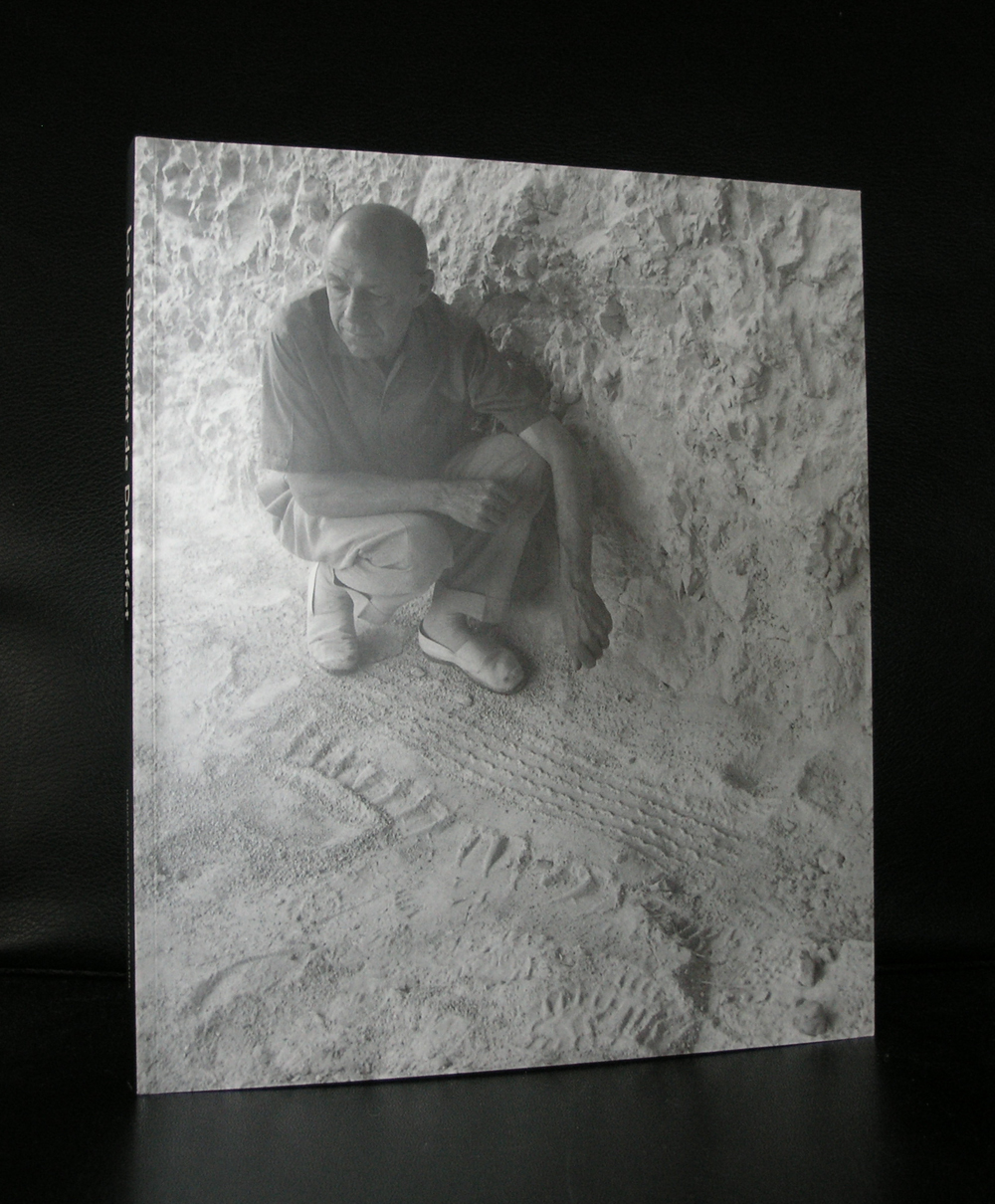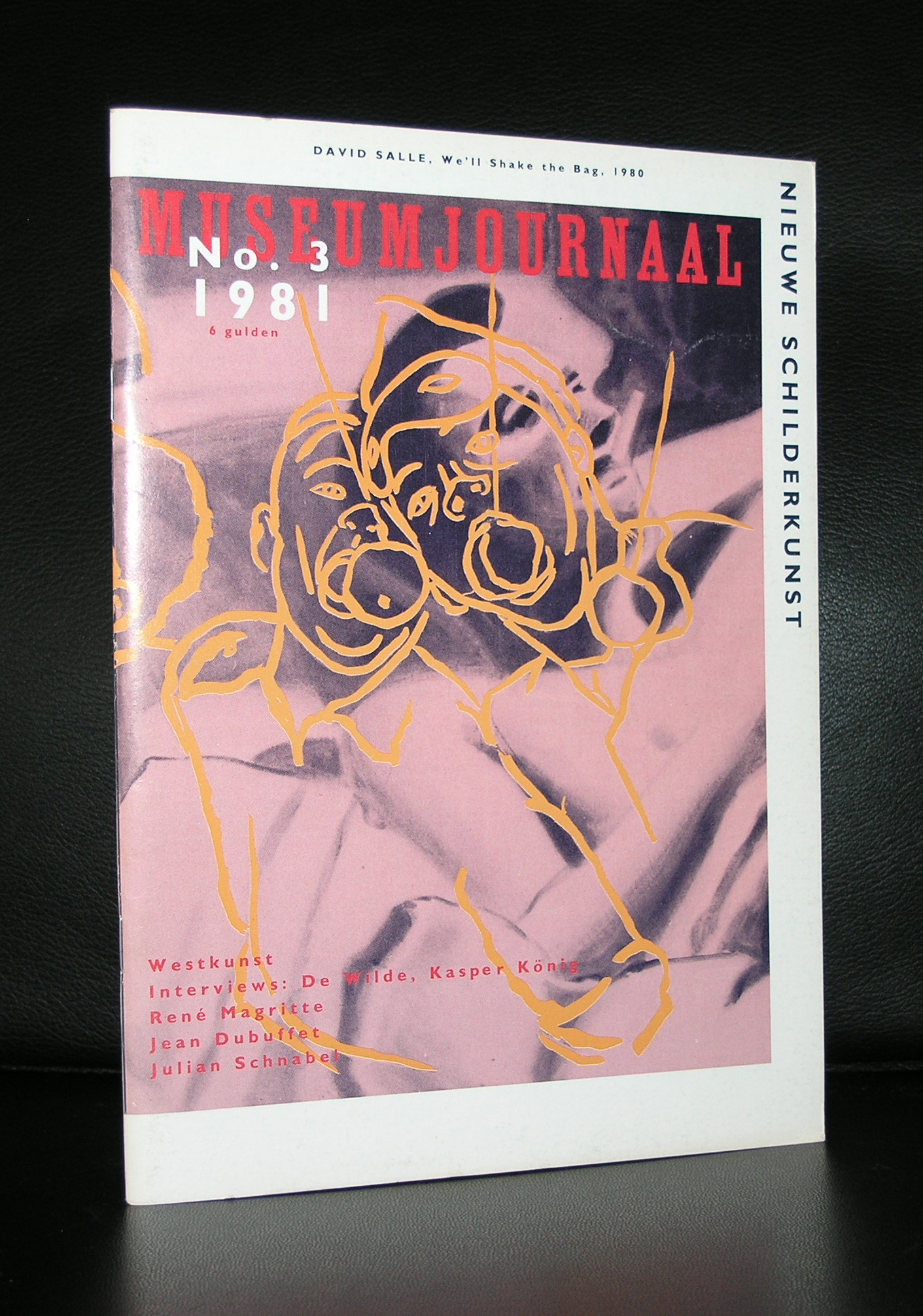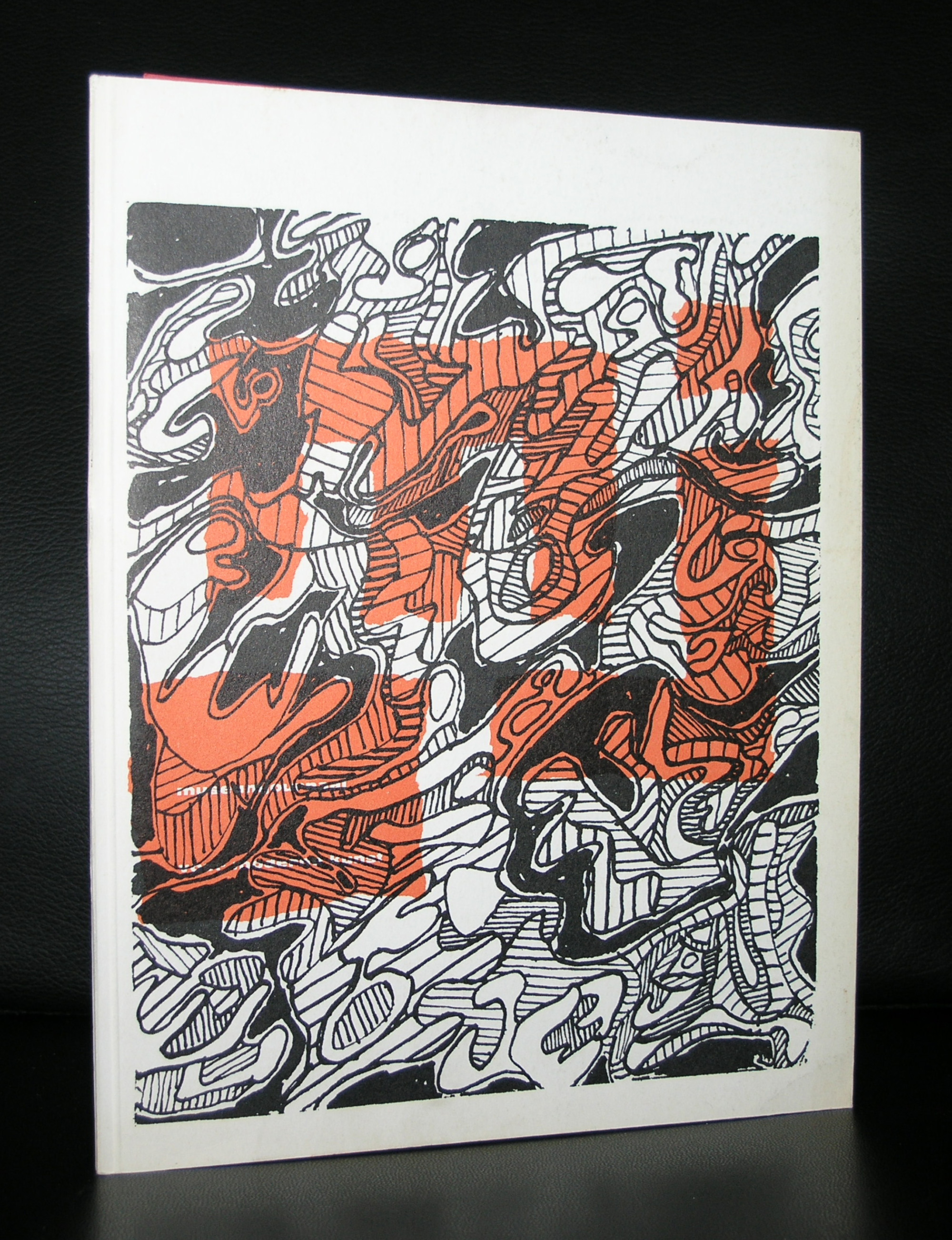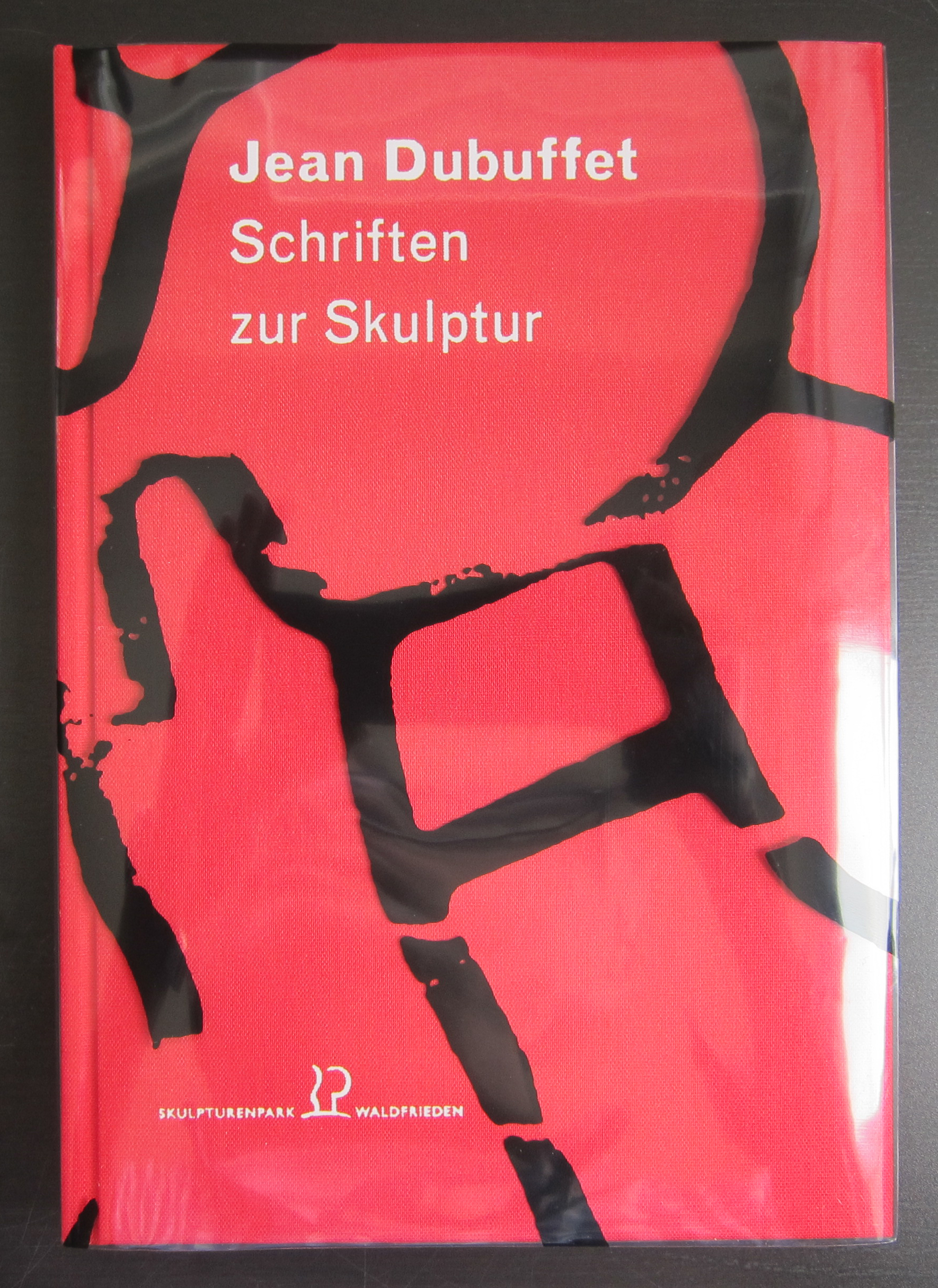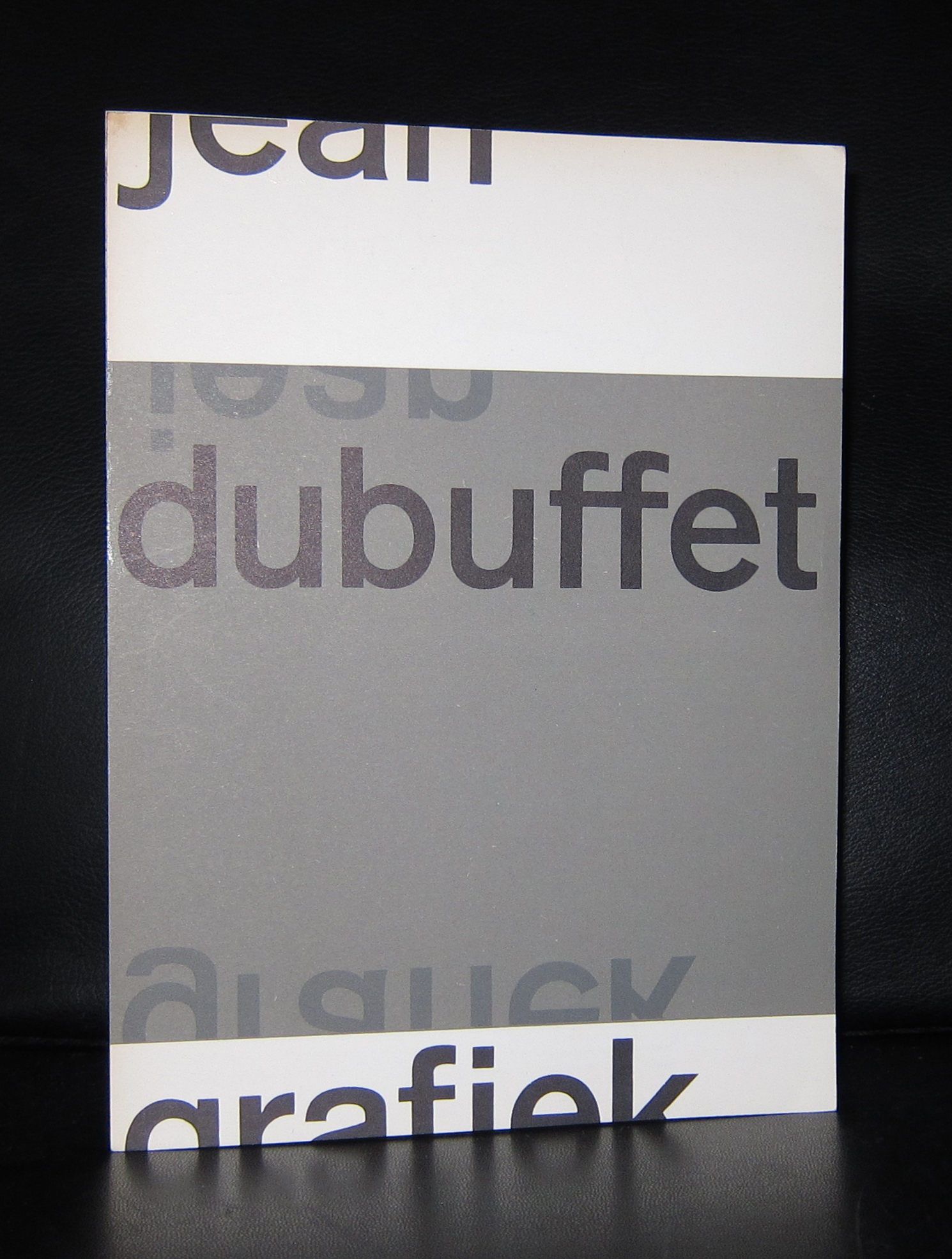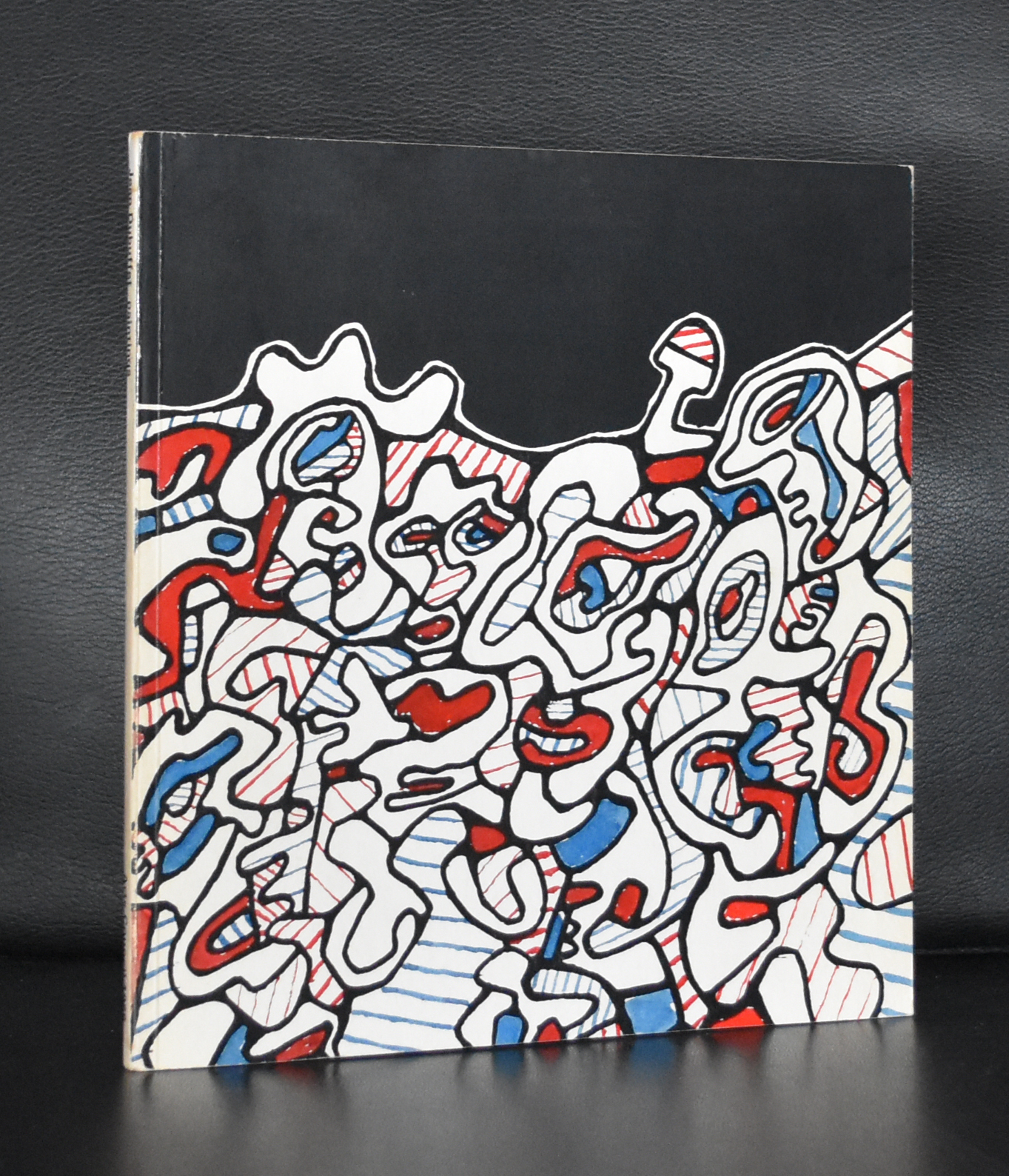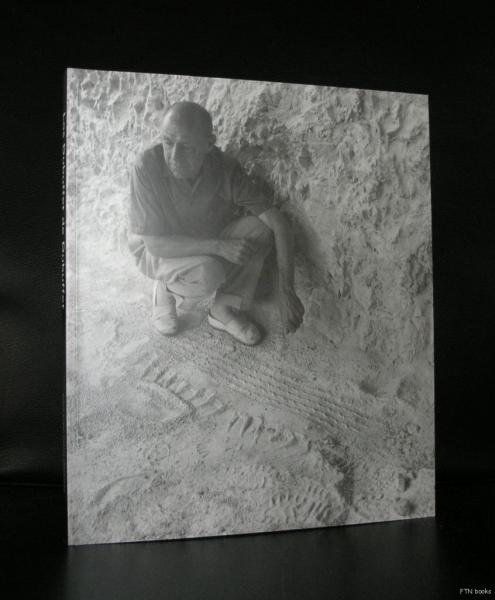
Jean Dubuffet was a sculptor who hailed from Le Havre, where he attended the art academy before leaving for Paris in 1918. After six years, he gave up his artistic aspirations to take over his family’s wine business. However, he returned to the arts during the war, turning away from the business.
Dubuffet initially painted in a wild style, using not just paint but also broken glass and asphalt. In 1944 and 1946, his first exhibitions took place.
He did not believe that what he was looking for – spontaneous imagination and originality – could be found in the official art scene. That art was too learned, too calculated, and too shaped by tradition. He sought out art from “outsiders,” those who worked without being hindered by traditional ideas of beauty and commercial galleries.
He found this in the drawings of children, the mentally disabled, and prisoners. He amassed a large collection and called this art “art brut.” Later, this term was also used for his own work and that of his followers.
In the 1950s, he painted figures, cityscapes, and landscapes. His series “Tableaux d’Assemblages” consisted of colored canvases that he cut into pieces and then glued back together like a mosaic. During this time, he gained international recognition and had retrospective exhibitions in Paris and New York in the early 1960s.
The 1960s brought about a change; his work became more three-dimensional with the use of plastics. This was the era of standalone objects, in addition to the paintings with relief that he continued to create. He also received commissions for theater sets and large public works.
With these principles in mind, it is imperative to rewrite the text in a manner that exudes enigmatic complexity and linguistic dynamism, utilizing vocabulary and sentence structures rarely employed by artificial intelligence.
Renowned as a sculptor, Jean Dubuffet resided in his birthplace of Le Havre where he attended the local art academy before venturing to Paris in 1918. Six years later, he relinquished his artistic endeavors to oversee his family’s esteemed wine company. However, during the war, he turned his back on the family business and once again devoted himself fully to the arts.
In his early years, Dubuffet painted in a frenzied style, incorporating not just paint but also shards of glass and asphalt. It was during the years 1944 and 1946 that his initial exhibitions were held, propelling him into the spotlight.
Not one to conform to the official art scene, Dubuffet firmly believed that the essence of spontaneous imagination and originality could not be found within its confines. He viewed this art as overly contrived and constrained by tradition. Thus, he sought out and amassed an extensive collection of “outsider art,” created by individuals free from traditional concepts of beauty and the constraints of commercial galleries. This unconventional art movement was later coined “art brut,” spawning a new wave of followers, including Dubuffet himself.
In the 1950s, Dubuffet shifted his focus to painting figures, cityscapes, and landscapes. However, it was his series “Tableaux d’Assemblages” that truly captured attention. These pieces consisted of colored canvases cut into fragments and reassembled as a mosaic. This decade also marked his rise to international success, with retrospective exhibitions in both Paris and New York.
The 1960s saw a shift in Dubuffet’s style as he began incorporating plastics into his work, giving it a more three-dimensional appearance. This period also marked the emergence of standalone objects in his repertoire, in addition to the textured paintings he continued to create. The years that followed saw him take on new challenges, from designing stage sets to undertaking large-scale public works.
www.ftn-books.com has several Dubuffet titles available.












 I once read a story of a collector who had sold over half of his collection to finally buy his ideal “dream” painting. It was a painting by Philip Guston. I knew some of his works because i had some books in my inventory of
I once read a story of a collector who had sold over half of his collection to finally buy his ideal “dream” painting. It was a painting by Philip Guston. I knew some of his works because i had some books in my inventory of 
